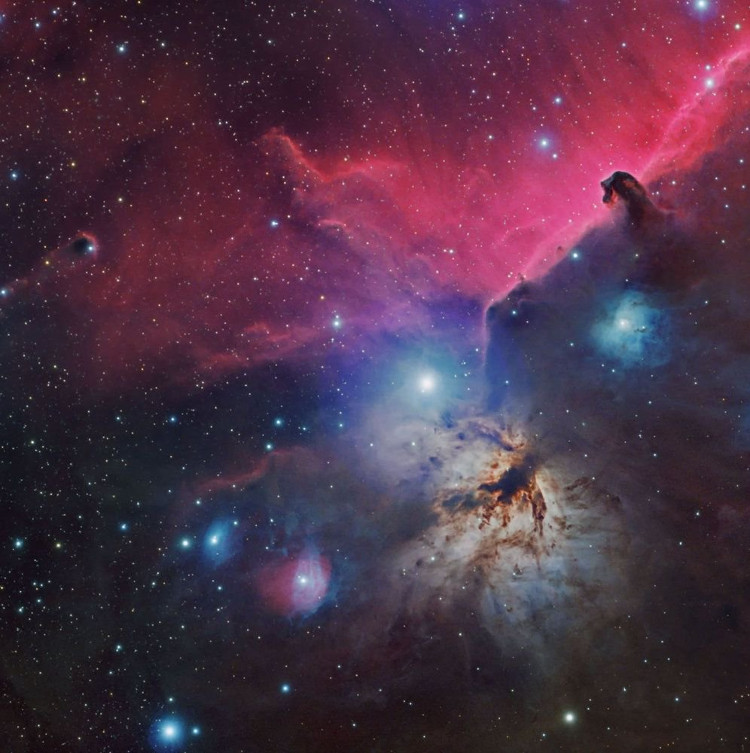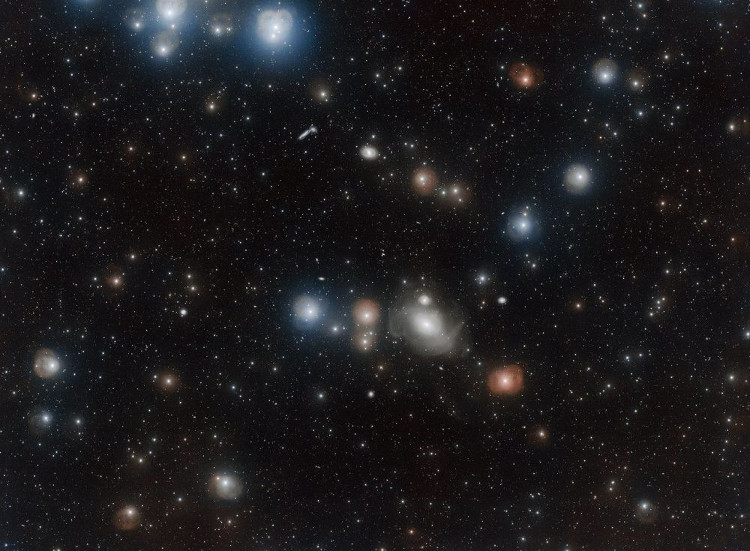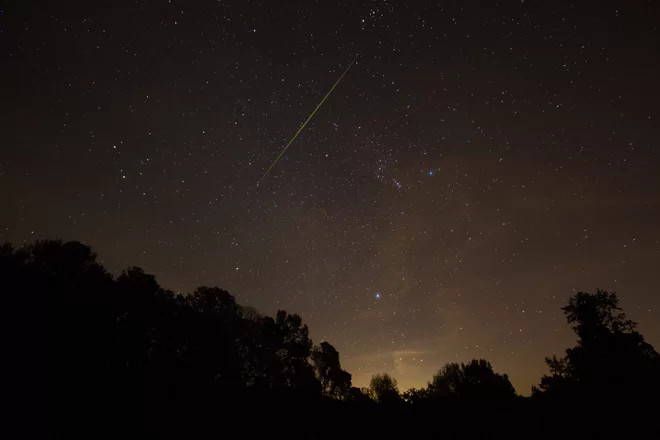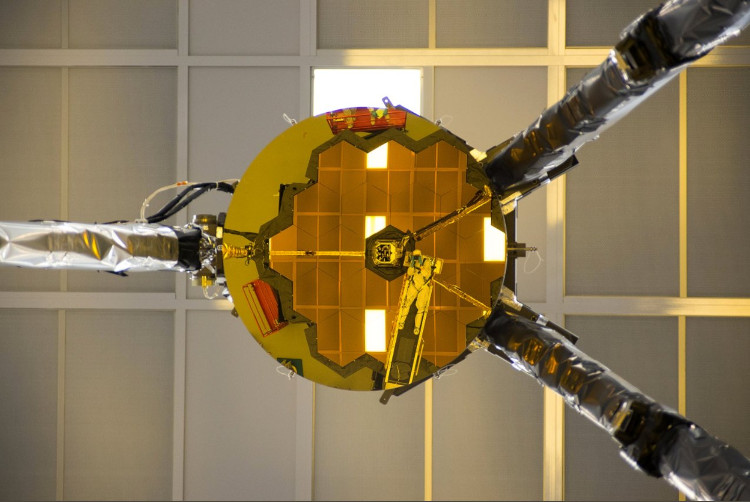The Sun is
Fornax galaxy cluster, or "fart" of comet, is the most beautiful cosmic images in the past month.

Nebulae in the constellation Orion.(Photo by Terry Hancock).
NGC 2024 Emission Nebula also known as Nebula Flame is shining below nicely in this image. The bright cloud and the red light behind them are the nebula IC 434. These nebulae belong to the constellation Orion region, to the east compared to the three waist stars of the hunter Orion.

Fornax galaxy cluster.(Photo: A. Grado and L. Limatola / ESO).
Countless full-color galaxies and the shape filling this picture frame belong to the Fornax Galaxy Cluster, one of the galaxy clusters located closest to the Milky Way. This image was taken by the Very Large Telescope (VLT) of the Southern European Observatory (ESO) in Chile's Atacama Desert.

Orionid meteor in the sky of South Carolina.(Photo: Sathya Narayanan / Like the Ocean).
A bright green meteor streak is flying through the starry night sky in Whitmire, South Carolina at the peak of the Orionid meteor shower on dawn on October 21 last.

Taking selfie with James Webb Space Telescope.(Photo: Ball Aerospace).
An engineer took this selfie photo with NASA while conducting glass optics testing on October 19 at Johnson Space Center in Houston.
Looking at this selfie image, you might think that Larkin Carey, the engineer, has a little fun and takes this picture to save as a souvenir. But it actually serves scientific purposes, this image is used to determine the diameter of the glass mirror.

The Sun is "burping".(Photo: NASA Solar Dynamics Observatory).
The Sun bursts out of a plasma light from its surface, which looks like the burping Sun. The photo was taken by the Solar and Heliospheric Observatory (SOHO) on Wednesday October 18. This plasma spray took place after another larger eruption on the Sun's surface, but was not recorded in this image.

The "fart" of comets.(Photo: ESA / Rosetta / MPS for OSIRIS Team MPS / UPD / LAM / IAA / SSO / INTA / UPM / DASP / IDA).
On the surface suddenly spewed a cloud of gas that looked like a fountain. It can come from inside the core of a comet, where dust from the early days of formation or frost is invisible.

Google uses O3b satellite to connect with the balloon project.(Photo: Google).
Google's experimental air balloon projects are flying high in the air and are connected to O3b satellites to provide emergency contact information when encountering violent storms in Puerto Rico - where they are progressing. test practice.
 The 11 most unique public toilets in the world
The 11 most unique public toilets in the world Explore the ghost town in Namibia
Explore the ghost town in Namibia Rare historical moments are 'colored', giving us a clearer view of the past
Rare historical moments are 'colored', giving us a clearer view of the past The world famous ghost ship
The world famous ghost ship